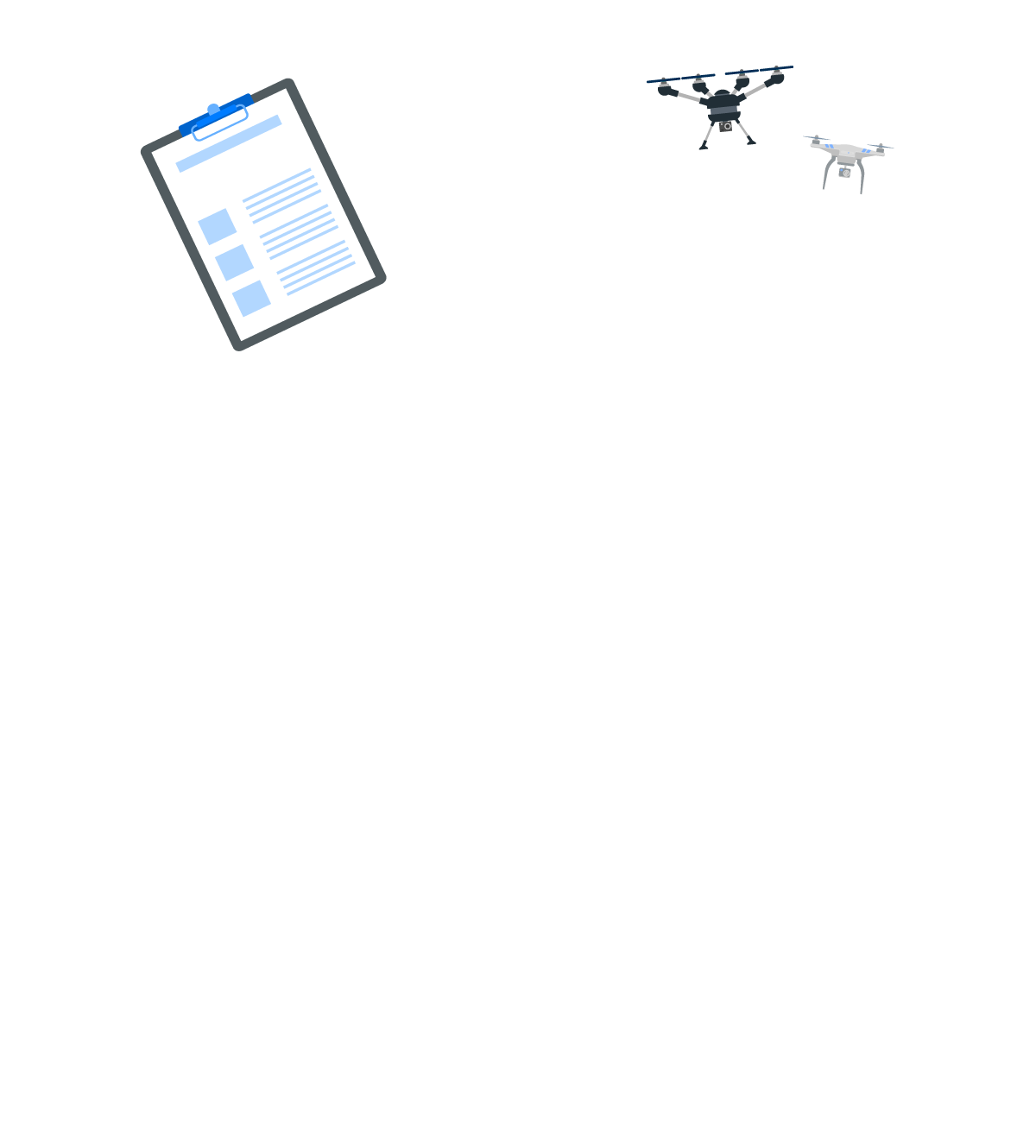
Step 2 | Lesson 2.2
Introduction to cloud technology
Cloud technologies have revolutionized the way business operate. By offering a wide array of on-demand computing services, cloud computing helps organizations save money, improve scalability and expand their portfolio.
In this lesson, you’ll learn about the different cloud architectures and the types of service models that are available to small and large businesses alike. As you’ll discover, the value propositions within, have significant implications for the UAV industry.
Every Flight to the Future lesson has seven segments that take you through a Mind Expanding Journey.
– Introduction
– Presentation
– Concept
– In-depth
– Recap
– Required reading
– Assessment
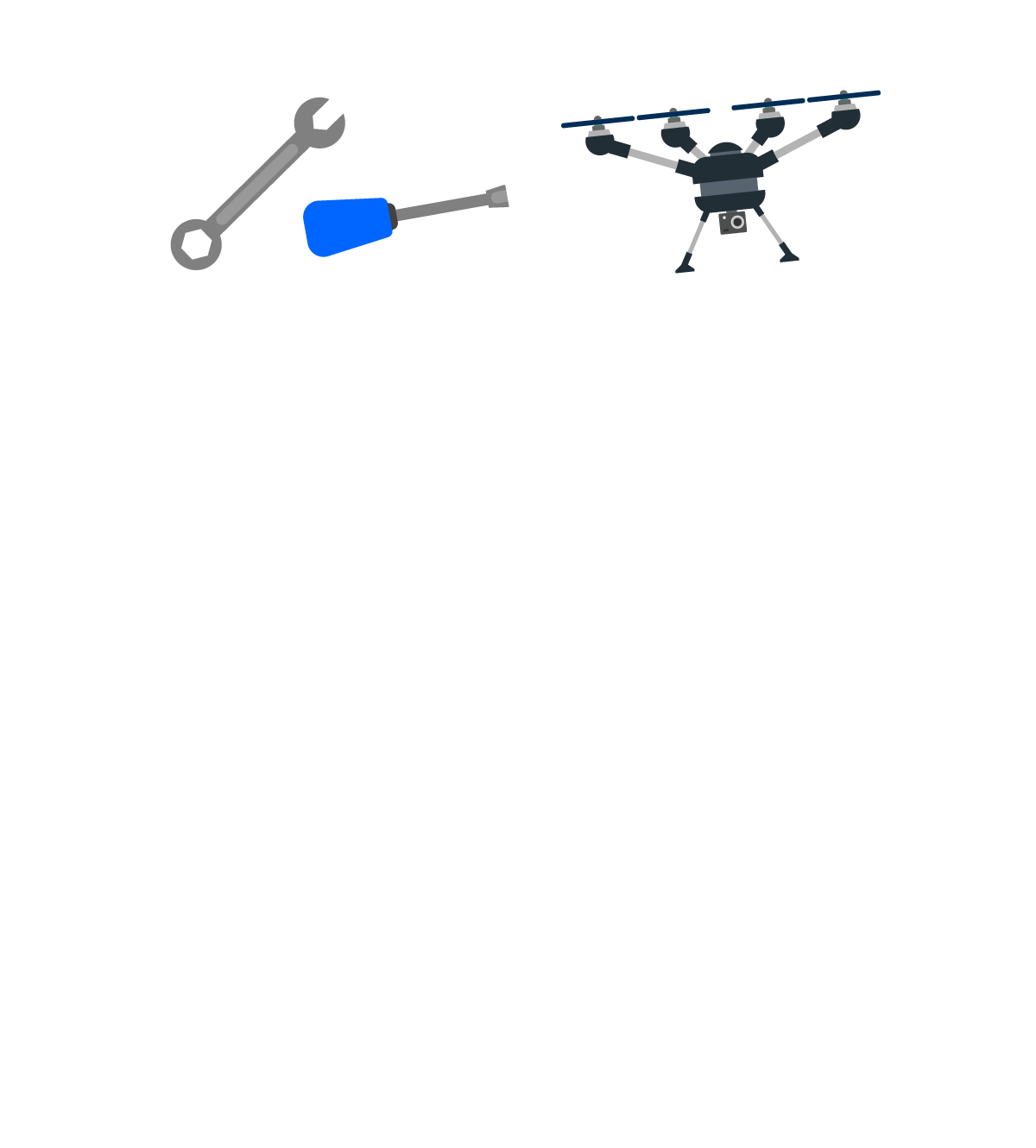


2.2.1. Introduction
Cloud computing
Cloud computing is the preferred market solution for all computing needs within organizations. Cloud providers are able to supply a vast range of on-demand technological services to clients, allowing for absolute flexibility within IT operations.
With a pay-as-you-go business model, cloud systems are extremely efficient and advantageous for organizations of any size, whereas traditional on-premise data centers present significant investment, cost and management requirements.
Each business need implies a specific service model, being either IAAS, for infrastructure, PAAS for platforms or SAAS for software. This allows for further efficiency and flexibility when structuring IT solutions that seek to leverage cloud technology.
The specificities for each architecture and service model will be presented, so that you may be able to identify which service structure is recommended for your business operations.
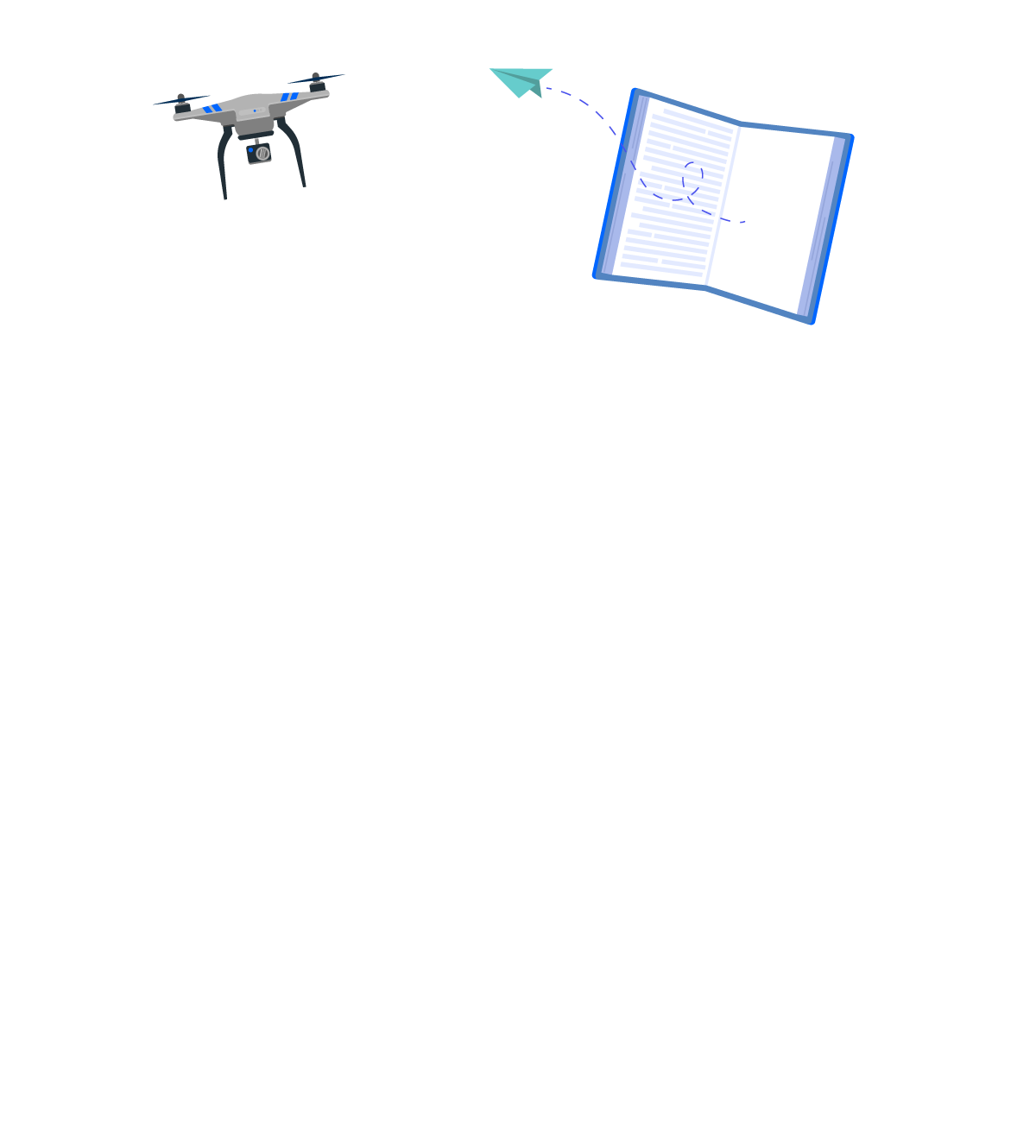
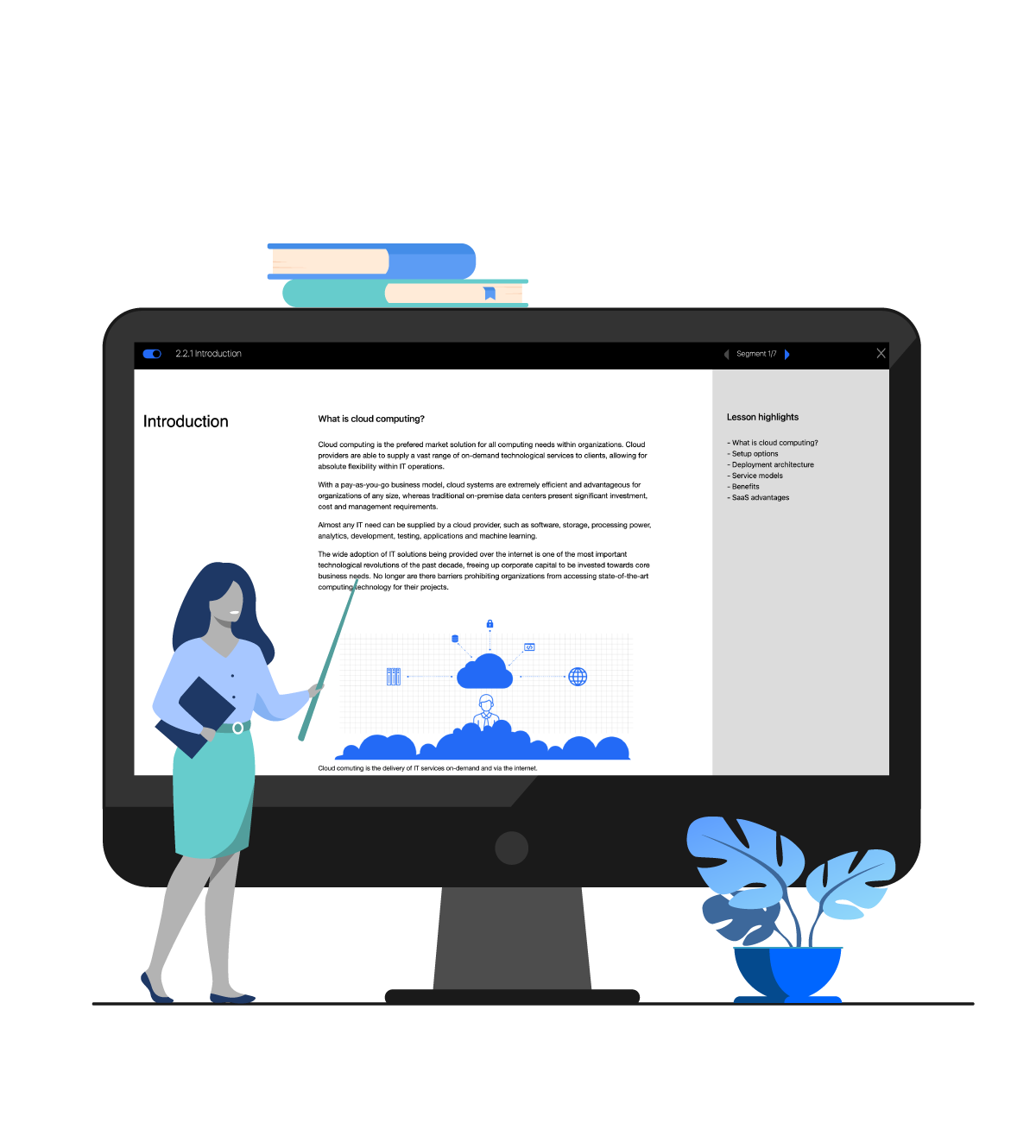

2.2.2 Presentation
What is cloud computing?
Cloud computing is the delivery of a wide array of on-demand computing services over the Internet and usually accessed via a browser. In contrast to ‘on-premises’ installations, cloud computing services don’t entail large up-front costs associated with infrastructure and personnel.
Rather than operating their own IT infrastructure, businesses are able to pay for access to flexible technical solutions that are tailored to their specific needs. This dramatically improves scalability, but also provides access to sophisticated computing services that would normally be out of reach for most small and medium sized businesses.
In tandem with the Internet of Things, cloud computing is poised to have a significant impact on the UAV industry. So as a future UAS provider, it is in your best interest to get familiar with the main concepts and value propositions.
Watch the teaser

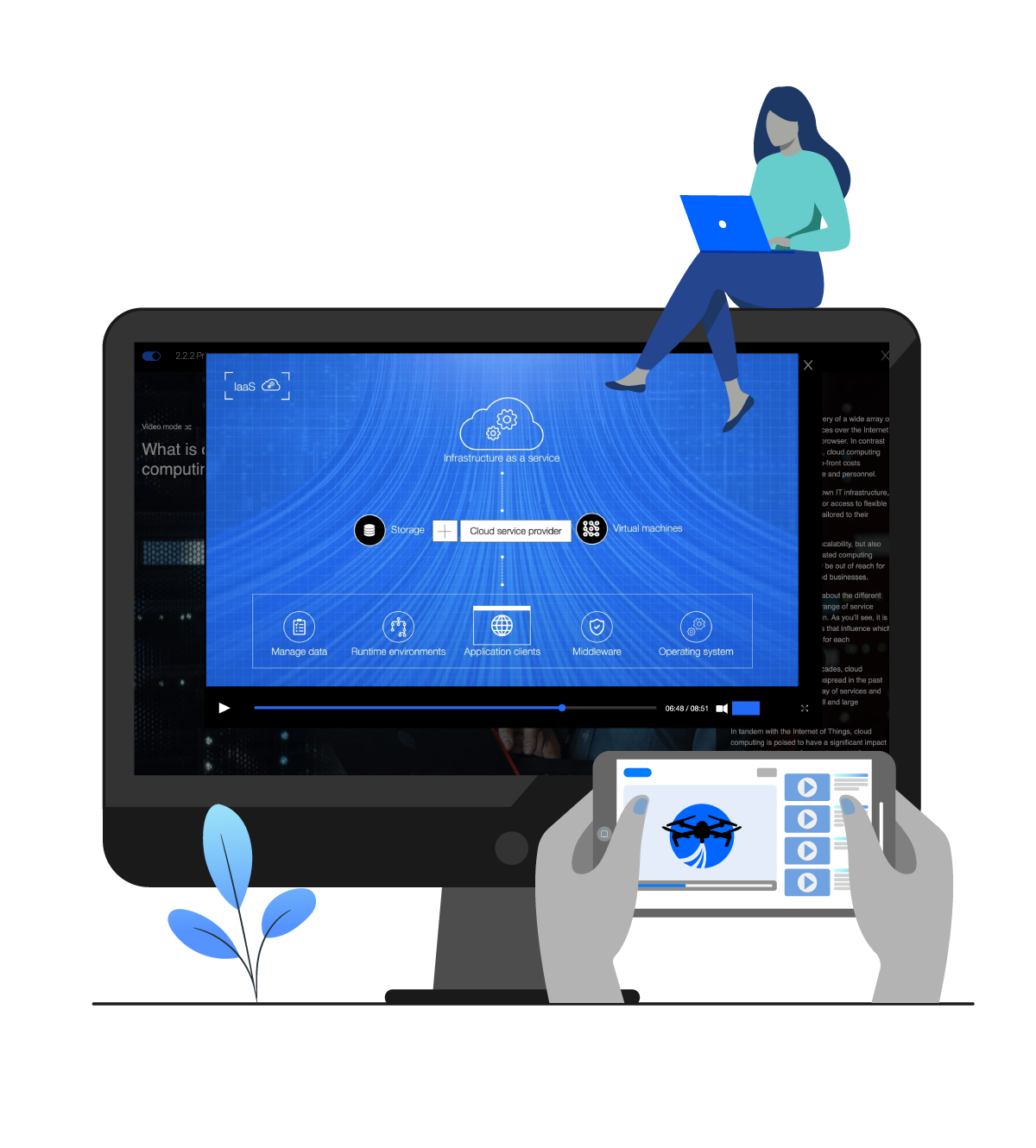

2.2.3 Concept
Benefits of cloud computing
There are many benefits for organizations opting to use cloud computing for IT needs. Understanding the different value propositions will help you understand the impact of cloud computing and how this may translate into UAV operations.
Cloud service providers essentially deliver a virtual office with full connectivity and different service capabilities to organizations. This has significant implications for both company portfolios and infrastructure related efforts.
As the world gets more connected, data access and security become paramount. At the same time, integration of different systems into a grand convergence offers exciting new possibilities. This is especially true with the UAV industry, which is poised to undergo a major transformation by utilizing cloud technologies.
Watch the teaser

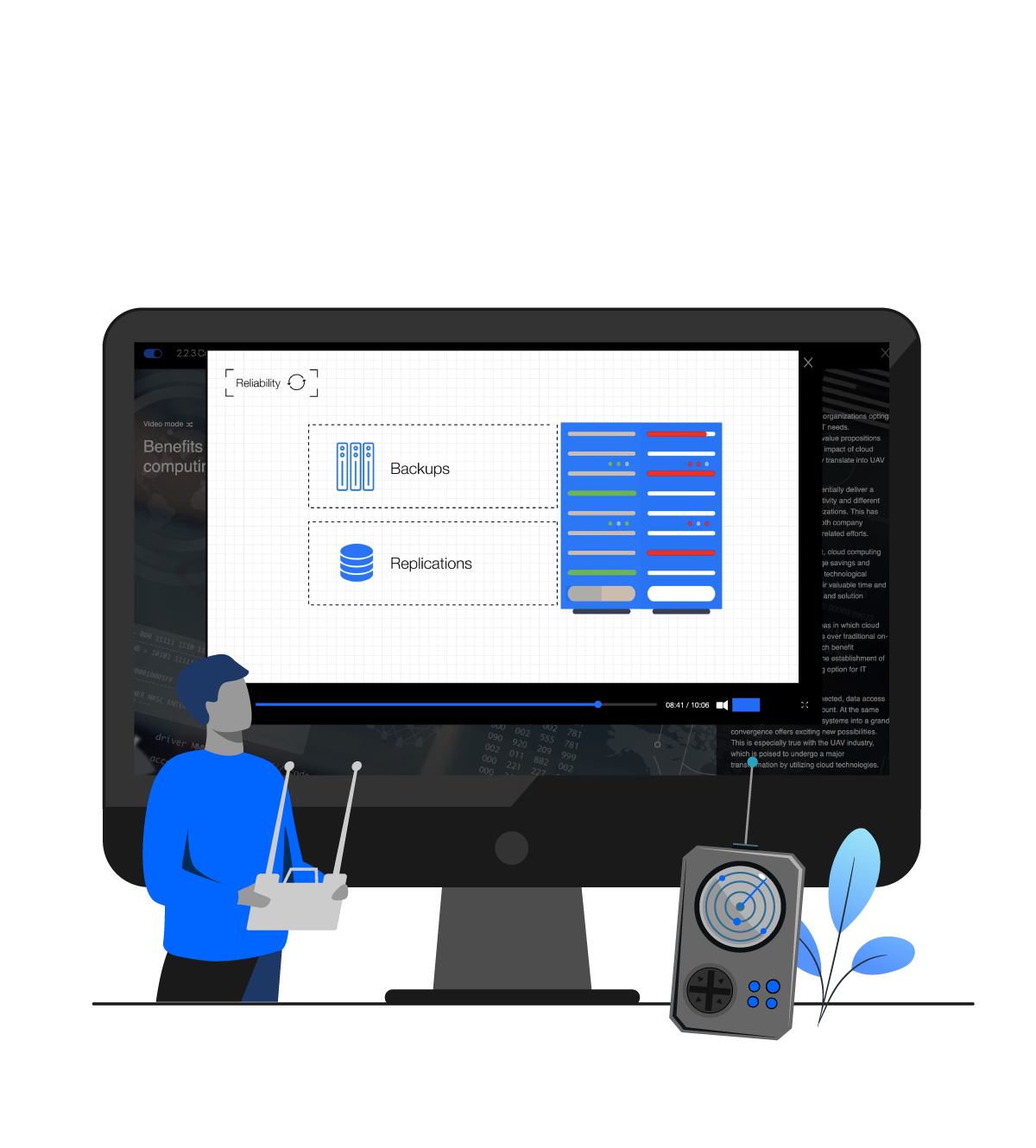

2.2.4 In-depth
What is SaaS?
SaaS is the supply of software services via a cloud, eliminating the need for organizations to set up servers, install applications and continuously manage configurations.
With SaaS, software solutions are accessed remotely via the internet or an Application Programming Interface (API). As with all cloud solutions, services are on-demand, with clients paying only for the software capabilities that they effectively require.
SaaS service providers typically offer the most up-to-date versions of software to their clients, allowing for the immediate adoption of new features as they come to market.
No longer must businesses make incremental investments to obtain updates, nor have dedicated teams to continuously update software, install security patches and so on.
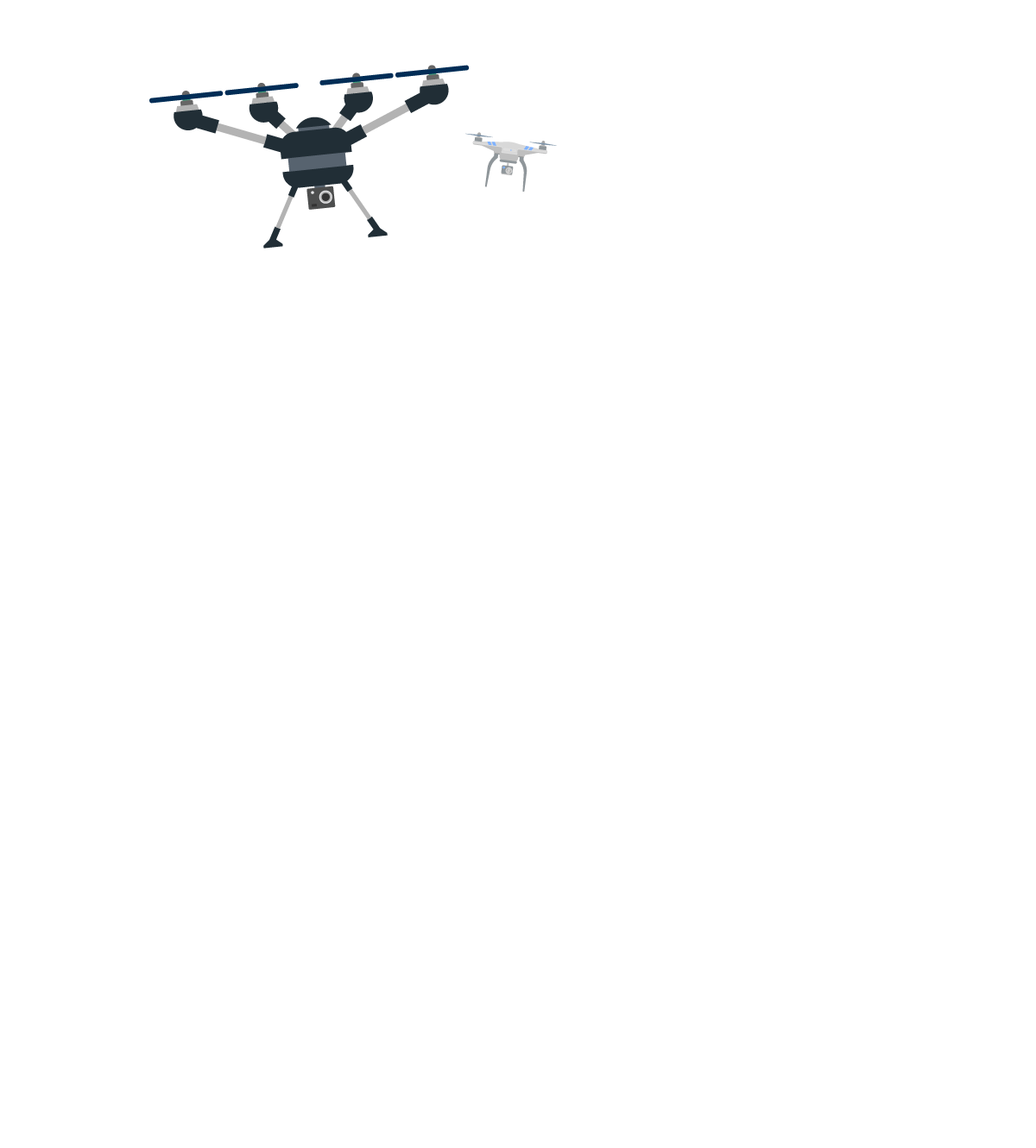


2.2.5 Recap
Lesson summary
There are three different types of service models, depending on what kind of service is being provided over the cloud. Infrastructure as a Service or IaaS provides access to hardware and processing power.
Platform as a Service or PaaS provides runtime environments for developing, testing and managing applications. And Software as a Service or SaaS is the most traditional model for cloud service delivery, providing on-demand software.
Artificial intelligence is crucial for analyzing drone data
A combination of on-board and cloud-based processing is taking place in ‘smart’, connected drones. Machine learning is a basic form of artificial intelligence that is often utilized.
Deep learning, which is based on artificial neural networks, is now appearing in the industry. Deep learning AIs can provide better insights as data becomes more complex

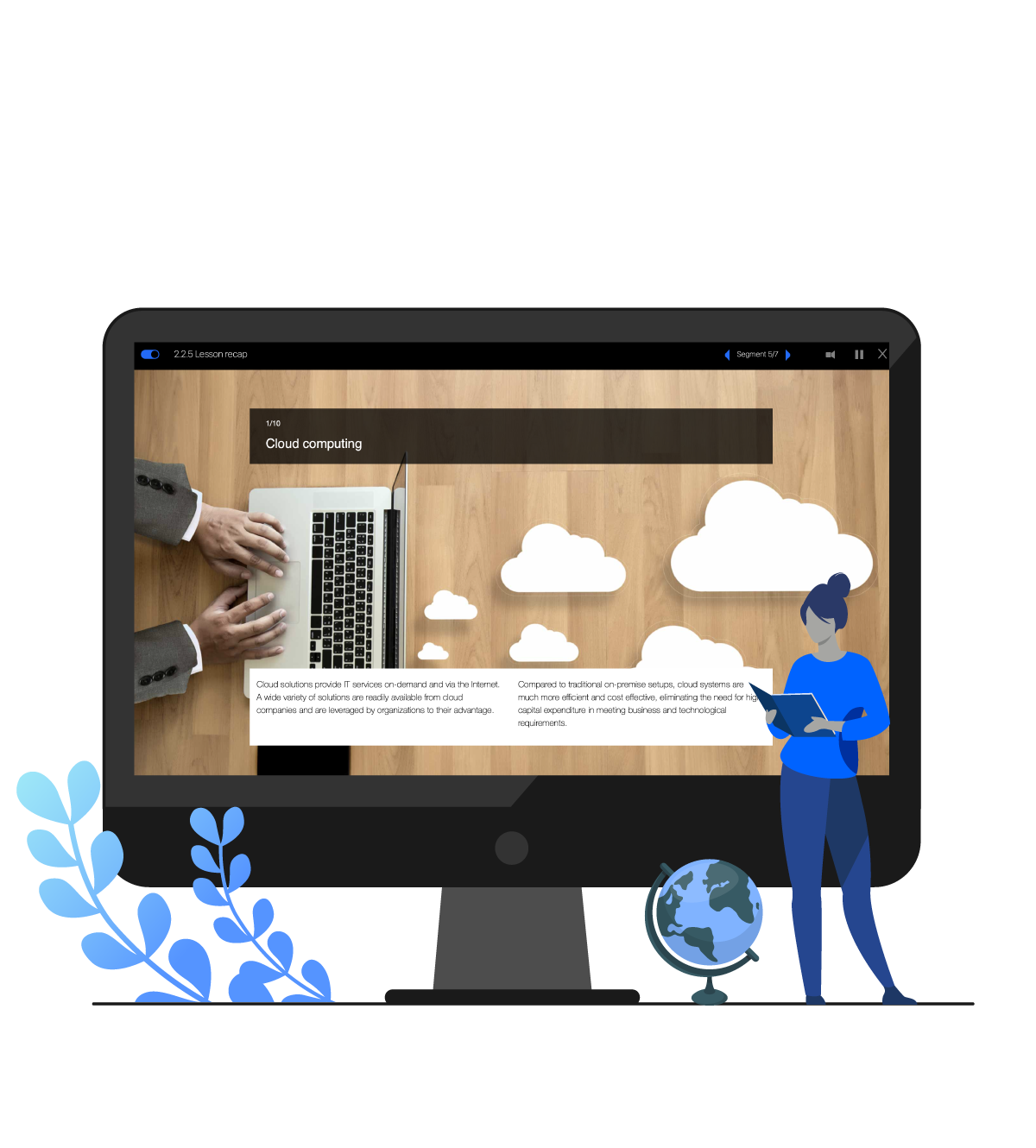

2.2.6 Required reading
Lesson library
Required
– What is cloud computing?
– Types of cloud computing
– Benefits of cloud computing
– The state of cloud computing in 2020
– What is Hybrid Cloud
– Serverless Computing – what to consider when investing
For advanced readers
– Cloud computing
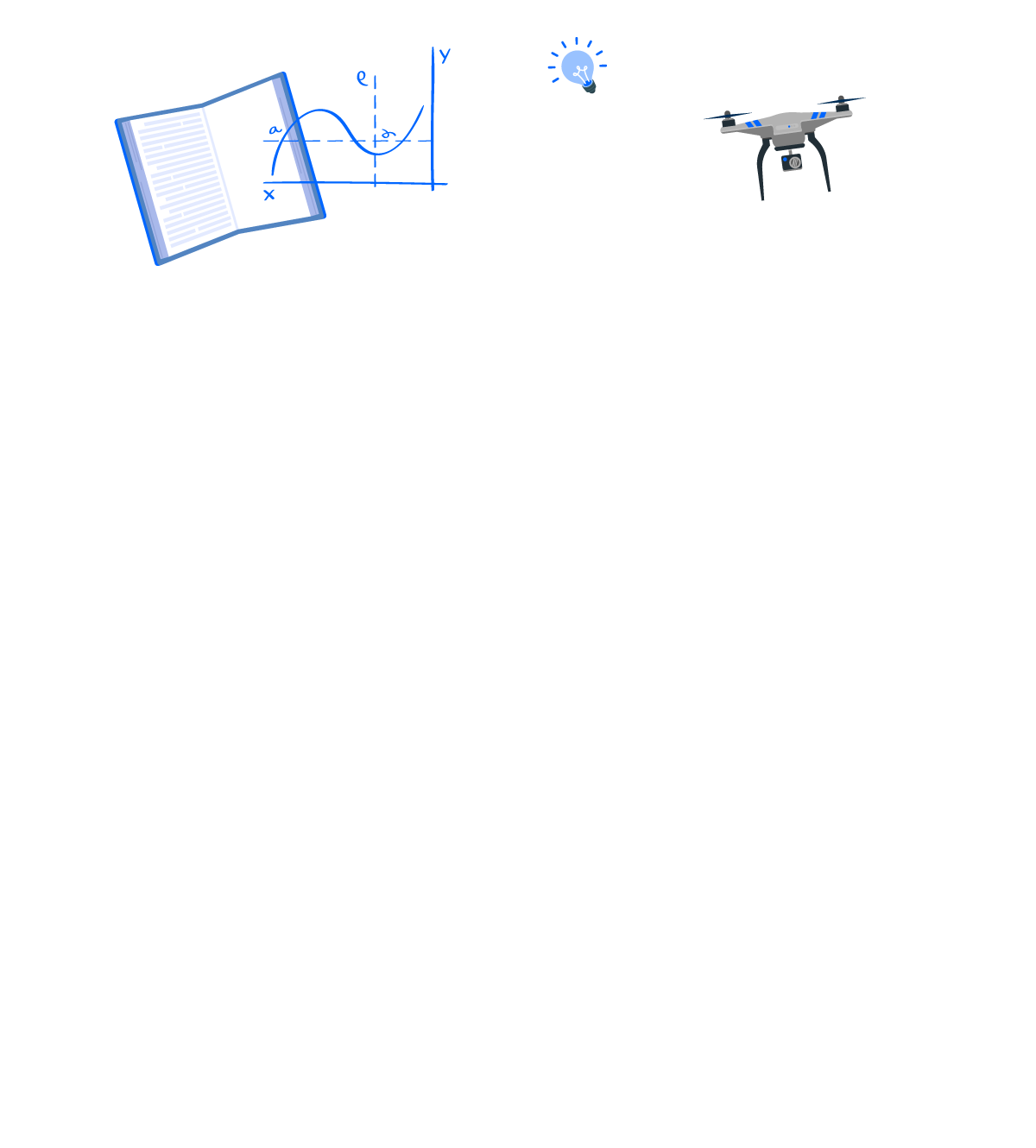


2.2.7 Assessment
Lesson quiz
One of the most important benefits of SaaS is
– Cost-effective scalability of in-house hardware.
– Eliminating the need for traditional on-premise setups.
– In-house training for maintenance by cloud providers.
– Improved redundancy of on-premise systems.
Ten multiple choice questions. An 80% score is needed to advance to the next lesson.
